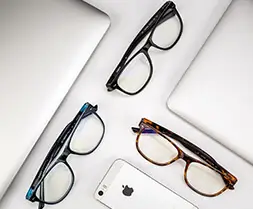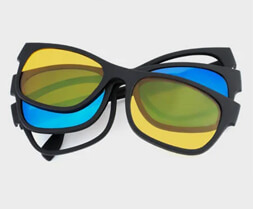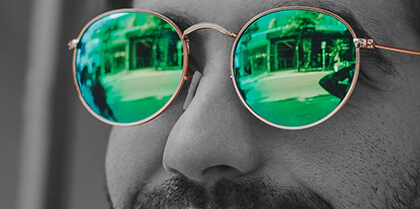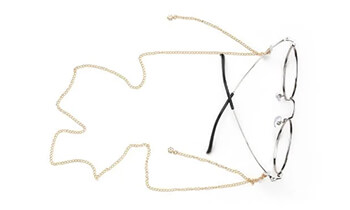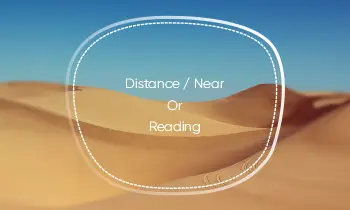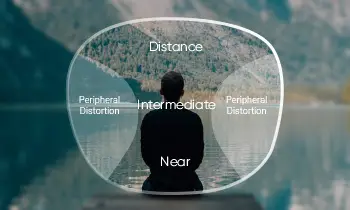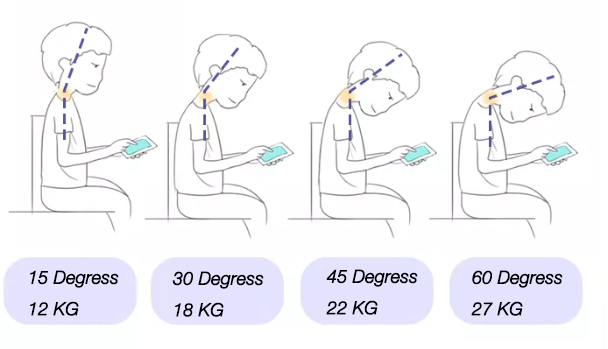The first thing you do when you open your eyes in the morning is to feel where your phone is; in the subway or bus, always keep your head down and keep browsing Instagram or TikTok; even eating and going to the bathroom, you have to make sure your phone stays with you.
With the development of technology, the popularity of smartphones has realized many things we didn't even dare to think about before. We can see the world without going out, eat good food without going out, and even buy the medicine we need without going to the pharmacy.
The cell phone can be said to be a powerful little assistant in our life, we can't live without it, and we can't work without it. But we also have to admit that in the enjoyment of these conveniences at the same time, there are many problems.
Effects and Hazards
Causes cervical spine disease
The Daily Mail reported an incident in which a man in South Korea suddenly fainted after using his cell phone to check bus information while riding the subway. The 120 ambulances arrived and found the man had fainted while he was still standing. The hospital paramedics said, "Because the man used the phone too much and did not get up, and the body did not lean forward, resulting in a sudden collapse."
Keeping our heads down for a long time to play with the phone will keep the cervical spine in a "suspended" state, and the neck and shoulder muscles are in a state of tension and contraction, which can easily cause muscle strain and cervical curvature changes. Over time, this will cause muscle atrophy, cervical spine osteophytes, and other symptoms, the formation of "cervical spondylosis. This is one of the reasons why many young people now have cervical spondylosis, frozen shoulder, and other cervical spondylosis.
Causes vision problems
In addition to the cervical spine will be harmed, also harmed are our eyes that work hard every day.
Whether sitting and looking at the phone or walking and looking at the phone, we are primarily in a state of head down. Especially in the walking process, the distance between the eyes and the phone screen is constantly changing; in this case, it will continue, and a large number of calls for eye adjustment function, ciliary muscle long-term tension, a short period of time will be dizziness, eye fatigue, and over time myopia will arise or aggravate.
Visual Fatigue + Dry Eye
When browsing cell phones for a long time, we not only forget the time but also forget to blink our eyes. Don't underestimate blinking; that 0.2~0.4 second moment can pull up a tear film on the surface of the eye, moisturizing and protecting the eye.
When the number of blinks decreases, the original tear film evaporates excessively, and there is no new tear film to replenish it, the eyes will dry out and damage the cornea and conjunctival epithelium. If this doesn't change, eye fatigue, photophobia, tearing, itching, soreness, etc., will come to your door, leading to dry eye syndrome.
May Endanger Life
The most dangerous point of walking while looking down at the phone is that doing so will distract our attention and significantly increase our risk of injury. The network is full of news about walking while playing with the phone leading to a fall or fall to death, and one accident after another is a constant reminder that we must not walk while playing with the phone with our heads down.
The Right Posture
1. Correct posture. We should try to avoid playing with the phone with the head down, and you can choose to sit straight body to play with the phone, hands to raise the phone to eye level, and reduce the load on the neck and shoulders, and neck.
2. Pay attention to blinking more often; it can keep the eyes moist. If you suffer from dry eyes, you need timely treatment to relieve the symptoms.
3. Take regular breaks and look farther away than with your eyes closed! Use the "20-20-20" rule to take regular breaks: every 20 minutes, look at an object 20 feet (about 6 meters) away for 20 seconds.



